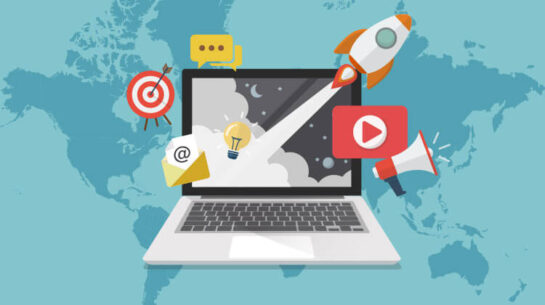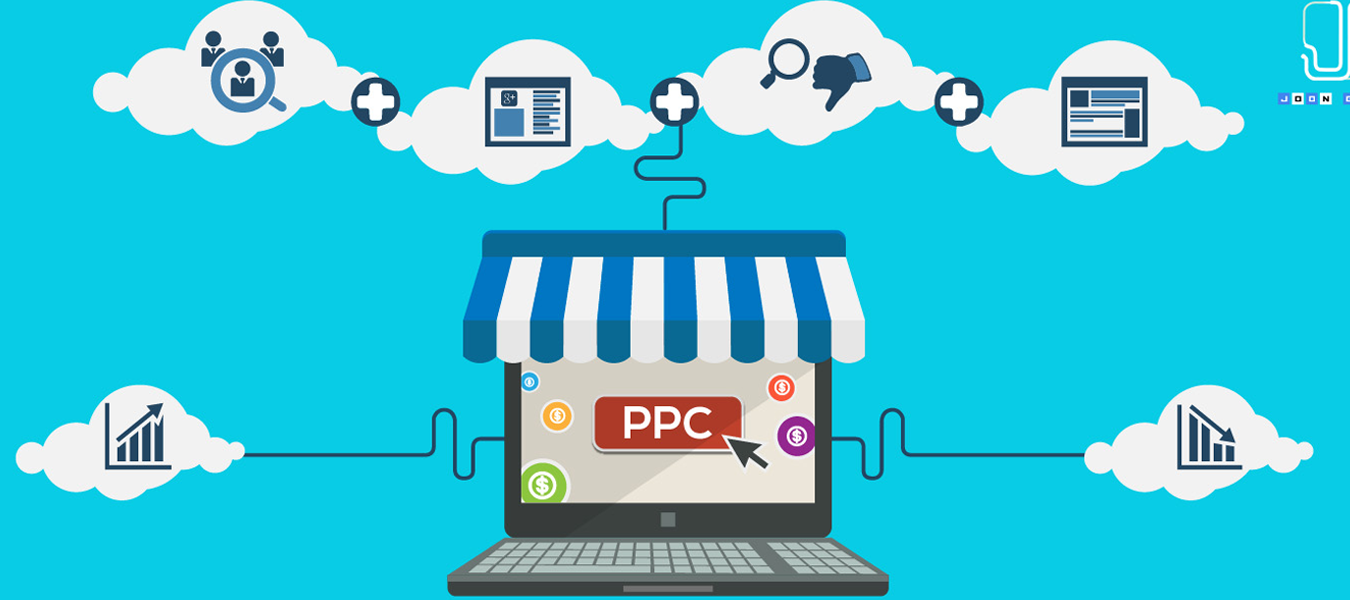
With Digital Marketing trends changing frequently, Many people still have questions regarding Email Marketing like:
Should E-mail marketing be included in Digital Marketing strategy for brands?
Do still business needs e-mail marketing?
Is it worth to spend on Email Marketing budgets?
The answer is YES to all this. The email marketing is the oldest form of Marketing and it is not dead, it is still considered to be the most effective way of marketing. Do read how you can succeed for your business by integrating email marketing and why is still important for business.
What is Email Marketing?
Email marketing is an electronic medium through which you can communicate with your targeted audience by sending information through emails regarding your product/services which might be useful to them. Mails are sent to the group of recipients, it is a direct way of communicating with your prospects. Different types of emails which are sent are:
- Welcome Mail to the newly user who registered to your email id
- Promotional Mails regarding discounts and offers on products or services
- Thank you mails on purchasing your products or services
- Updates and newsletters of the company
Some Facts that proves that Email Marketing is still effective
Email marketing is up to 40 times more effective than social media, according to a study done by McKinsey & Company.
The same study also shows that the buying process happens 3 times faster than in social media.
According to the Fourth Source website, 92% of internet users have at least one email account.
People might not access social media too frequent or they might not have social media account but 99% of people will have email ids.
Also with email marketing we can have direct contact with our customers which is one of the reason it is still effective.
How email marketing works?
The basic steps to run an email marketing campaigns are to take a permission from your customer to send them emails, built a list, segment it, create marketing campaigns choose a email marketing tool which suits your business type and goals and send the emails.
It is very easy for business to send mails to the group of people on regular basis but doing it in a correct way is more important to get most out of it.
Why email marketing is important to the brands/ Business?
Though email marketing is one of the oldest and traditional ways of marketing, it still has a huge benefit and great impact. It is still the most powerful way to connect to people.
It might happen that some people may not have account on social media but they will have email account.
- Low Cost Investment – The main advantage of email marketing is that it the low cost investment to the company, Other mediums like print media, TV, advertisements are too much expensive compare to email marketing campaigns. They are very cost effective and its benefits are also too vast.
- Measurable – While the companies are running the campaigns, they should have a clear idea of what they are gaining with their marketing campaigns, where they are lacking and what are innovative ways through which they can accomplish their goals. Business should have the clear view of all this. With E-mail marketing tools it becomes easier to measure the success of the campaigns and design strategy accordingly. With email marketing you can measure valuable insights like open rate, bounce rate, engagement with the content, subscriber’s retention. With so many tools email campaigns are highly and easily measurable which can benefit the business to gain their goals.
- Integration – Email marketing tools helps to integrate with the CRM, Social Media, web analytics systems. This helps the business to know their customers better and segment accurately based on their profiles. This makes them easier to market their products to the prospects and reach out by crafting messages rightly to the right audiences and maximize the Return on Investment
- Helps businesses to generate leads and drives conversions – The main focus of any business is to drive sales. With the email marketing it is easily achievable. You can be constantly in touch of your potential customers through a great content, deliver the information in which your audience is interested, share promotions, events, news updates. This increase engagement of customers with your business and helps business to nurture the relationship with your customers and increase lead generation which in turn helps business to drive more conversions.
- Builds strong relationship and brands trust – Through email marketing tools business can communicate at the personalized level. It allows the business to communicate with the individuals feeding personalized information. The personalized data such as purchase history, the interaction with the website can be fetched through the integrations and database and emails can be sent accordingly. Personalization helps to built stronger relationships and it also build trust for the brands. Email offers the most customized marketing solution to the business.
Success of how email marketing will work for your business:
The email marketing will work best for you if you have taken care of the factor known as CRITICAL
- Creative – Use a smart layout, this refers to the overall template, design, images, colors and also keep in mind that email are read on mobile too, so make the template user friendly.
- Relevance – Always customize and personalize your emails and make it relevant to the individuals, do not just send the generalize emails, send it according to the interest and preferences of your customers
- Incentive – The email should give a clear message to the user – What is in it for me. It should clearly highlight the benefits for the customer
- Timing – Time for sending an email, plays a major role. Know which timings works best, it is believed the emails sent in afternoon works well rather than overnight, send the emails accordingly.
- Integration – Email marketing cannot depend on one channel, Integration with CRM ensures that you know more about your customers and accordingly you can plan your strategy.
- Copy – While creating an email copy ensure that the tone you are using to communicate, the subject lines, the signature. This is one of the factors to get higher conversions in your business. Do test the different versions before sending the emails.
- Attributes – the email header is of utmost important, check its attribute like subject line, to/from address, cc, BCC. This can factor into spam if not tested or handled correctly.
- Landing Pages – Do not link your emails to the landing page, but link it with the most relevant page or offering page on your website. The links in your email should redirect your customer to the same page of what you are offering or giving the information to your customers.
Email marketing still remains the most effective strategy in 2020 when it comes to reach customers directly, attract, retain, update and want to stay loyal for your brand .
Learn the right Email marketing strategies that will definitely lead you to staggering 70% of growth for you business.















